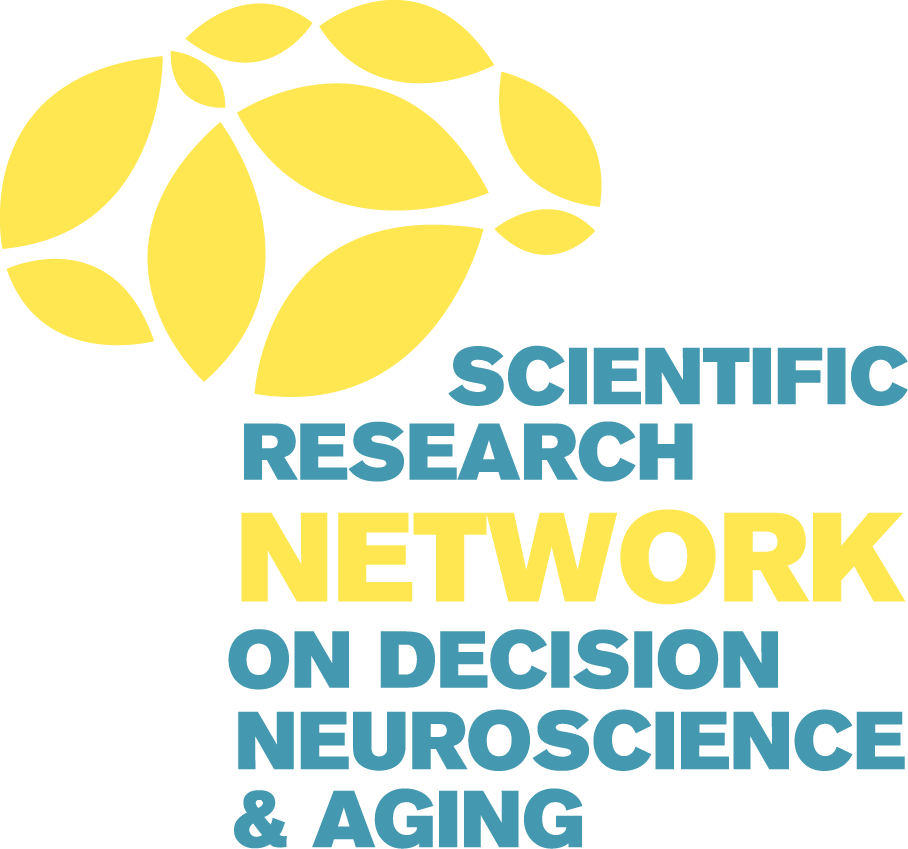2018 Pilot Grants
Do Age Differences in Associative Learning and Stimulus Generalization Lead to Age Differences in Trust?
BRITTANY CASSIDY (UNC GREENSBORO PSYCHOLOGY), KENDRA SEAMAN (DUKE CENTER ON AGING), JESSICA COOPER (EMORY PSYCHOLOGY)
When meeting others, people make quick decisions on whether to trust people or not that affect decision-making and that pose serious consequences for physical, interpersonal, and financial well-being. The extent to which people trust others, however, is not stable across the lifespan. Rather, older adults exhibit excessive trust relative to younger adults. This excessive trust leaves older adults particularly such serious consequences, including financial fraud. Why older adults exhibit excessive trust, however, is poorly understood. One explanation for their excessive trust is that older adults may learn to trust differently than do younger adults. Critically, recent work has identified stimulus generalization, by which learned value spreads between perceptually similar stimuli, as a potential mechanism for learning to trust. Here, people place more trust in people who look like someone whose past behaviors reflect trustworthiness, and place less trust in people who look like someone whose behaviors reflected untrustworthiness. This spread of social value is reflected in brain activity. Caudate and amygdala activity track, respectively, the generalization of positive (trustworthy) and negative (untrustworthy) social value, and affect trust decisions toward unfamiliar others. Because social value needs to be learned and because prior work suggests that older adults learn negative cues less than do younger adults, less spread of negative social value to unfamiliar others may represent one route by which older adults exhibit excessive trust. If older adults have less negative value representations of untrustworthy people based on their experiences with them than do younger adults, older adults should also transfer less negative social value to unfamiliar others who are resemble a past untrustworthy person and exhibit more trust in these unfamiliar others than younger adults. The proposed study adopts an interdisciplinary approach to examine this possibility at both the behavioral and neural levels.
Individualized behavioral, neural, and computational markers for altered latent state representations across healthy aging
LINDA YU (BROWN NEUROSCIENCE), MATTHEW NASSAR (BROWN NEUROSCIENCE), BENJAMIN EPPINGER (CONCORDIA LOYOLA PSYCHOLOGY)
Age related decision-making deficits are most pronounced when consequences of actions have to be learned through experience, particularly when they require behavioral flexibility when the environment changes. Latent state representations, which are hidden contexts of the world that have to be inferred based on available features, enable us to learn a set of actions rewarded within a certain context, quickly learn a new set of appropriate actions when the hidden state changes, and rapidly retrieve the original action set when returning to a previously experienced context. The orbitofrontal cortex is thought to play a primary role in representing and dynamically updating latent states. Previous work from our group showed that older adults can successfully recognize changes in latent states but show a subtle failure to calibrate learning based on uncertainty about the state – hinting at deficits in latent state representations. The proposed study will use computational modeling, behavioral measures, and functional imaging to investigate how latent state representations change across the lifespan, and relate them to performance on measures of cognitive function and standard decision-making tasks.
Publications:
Reiter, A. M. F., Suzuki, S., O’Doherty, J. P., Li, S.-C., & Eppinger, B. (2019). Risk contagion by peers affects learning and decision-making in adolescents. Journal of Experimental Psychology: General, 148(9), 1494–1504. https://doi.org/10.1037/xge0000512
Age-related changes in memory-based choices and its neural basis
ZHIHAO ZHANG (UC BERKELEY MARKETING), WINSTON CHIONG (UCSF NEUROLOGY), ANDREW KAYSER (UCSF NEUROLOGY), MING HSU (UC BERKELEY MARKETING)
Significant age-related changes in decision-making and associated neural circuitries have been widely documented1-3, which may in turn place vulnerable elderly individuals at increased risk for disadvantageous medical and financial outcomes. Despite this substantial progress, major gaps remain in applying current neuroeconomic frameworks to understand financial and health-related decision-making in the real world. In particular, past studies on economic and consumer decision-making have distinguished between contexts involving “stimulus-based choices” (SB-C) and those involving “memory-based choices” (MB-C). These two contexts differ in that whereas all relevant information is physically present at the time of choice in the former, the latter requires decision-makers (DMs) to recall what they are seeking in order to find the relevant choice alternatives. This project aims to take the first step in understanding the quantitative relationship between semantic memory, valuation, and choices. Specifically, using computational modeling and neuroimaging, we will develop and validate a quantitative model of MB-C, which explicitly captures the process by which semantic memory provides input to and constrains choices. Moreover, using this approach, we will begin initial efforts to characterize age-related changes of MB-C in a cohort of healthy aging participants. Results from this proposal will help inform future studies that investigate the neural basis of changes of MB-C across adulthood and in neurodegenerative diseases. More broadly, this line of research has the potential to broaden our understanding of the interplay between memory and valuation in healthy and pathological conditions.
Publications:
Zhang, Z., Wang, S., Good, M., Hristova, S., Kayser, A. S., & Hsu, M. (2021). Retrieval-constrained valuation: Toward prediction of open-ended decisions. Proceedings of the National Academy of Sciences, 118(20).
Zhang, Z., Wang, S., Good, M., Hristova, S., Kayser, A. S., & Hsu, M. (2021). Retrieval-constrained valuation: Toward prediction of open-ended decisions. Proceedings of the National Academy of Sciences of the United States of America, 118(20), e2022685118. https://doi.org/10.1073/pnas.2022685118
Kayser, A., Zhang, Z., & Hsu, M. (2021). Predicting Open-Ended Decisions: Understanding the Differential Roles of Semantic Memory and Preference (1303).
Zhang, Z., & Coppin, G. (2018). To what extent memory could contribute to impaired food valuation and choices in obesity? Frontiers in psychology, 9, 2523.
